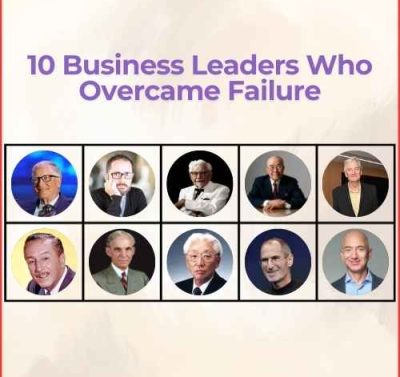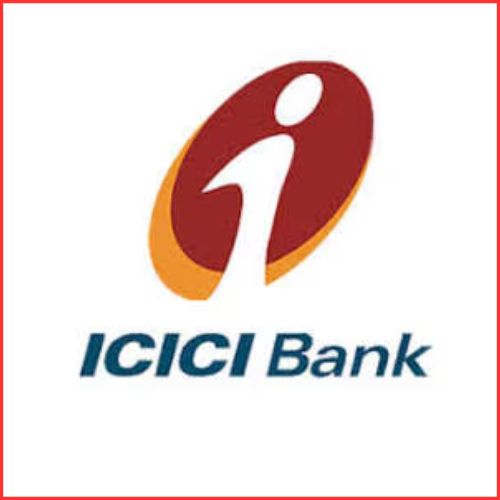In India, the adoption of 5G services could happen considerably more quickly.
NEW DELHI: Which telco will dominate 5G in India will depend on the speed of implementation, according to Harri Holma, a fellow at Nokia Bell Labs and a former Nokia employee.
Reliance Jio and Bharti Airtel have both purchased pan-India 5G airwaves, making 5G a level playing field for competition. Holma said the operator with the highest radio capacity and greatest efficiency in spectrum use would benefit the most, adding that the type of 5G architecture—standalone (SA) or non-standalone (NSA)—may not matter.
“Rollout speed is what counts. The defining characteristic won’t be the architecture but rather who can offer more radio capacity while making the most use of new airwaves. I have no idea who will move here the fastest, but success will be determined by how quickly things are implemented “explained Holma.
“The rollout speed determines how quickly you can make the signal widely available, “He emphasized that operator execution will result in users receiving 5G high-speed connectivity.
Reliance The largest and second-largest carriers in India, Jio and Bharti Airtel, will square off in the rollout of 5G in the coming months. While Airtel aims to introduce 5G services this month or at the beginning of next month, Jio is aiming for a Diwali debut in a number of cities, including the major metropolises of Delhi, Mumbai, Chennai, and Kolkata.
Jio promises to offer pan-India 5G connectivity on its SA network by the end of 2023, whilst Airtel wants to reach urban India by December of the following year. Even while Jio has stated it will offer “cheap” 5G services, neither carrier has yet to reveal its tariff plans for 5G services.
In addition to tariffs, the accessibility of inexpensive gadgets will be important. However, according to Holma, “10% of devices are already 5G capable.
Thus, out of 850 million handsets, 80 million might be 5G-enabled in the first year, and that number could very possibly rise to 100 million by the following year.
According to him, this could quickly put India on par with many other developed global markets in terms of the adoption of 5G, reversing earlier trends in which it lagged global markets by 5 to 6 years.
According to estimates from the research firm Omdia, there were approximately 800 million 5G customers worldwide as of June, and that number is expected to increase to 1 billion by year’s end.
In India, the adoption of 5G services might happen much more quickly than the adoption of 4G services, he suggested.
India’s 5G penetration may be a year or a year and a half behind more developed countries like Europe or the US, but it is still growing quickly. India might surpass Europe in a year, he said, by a wide margin.















